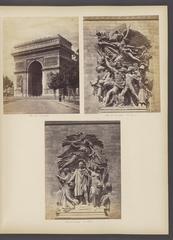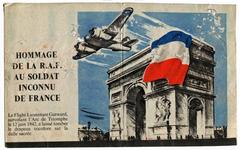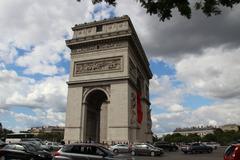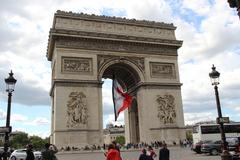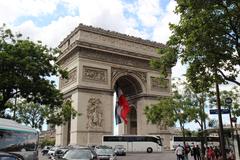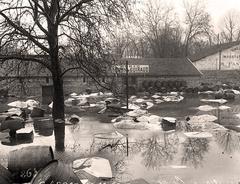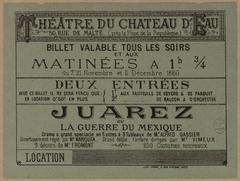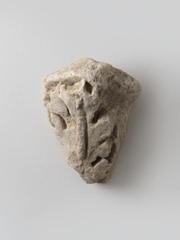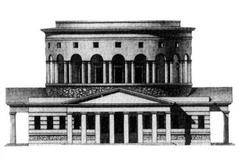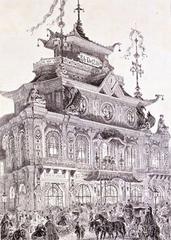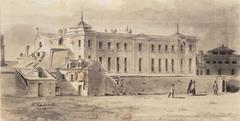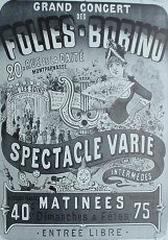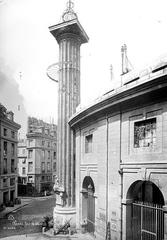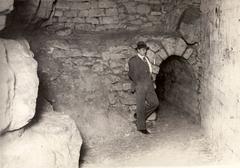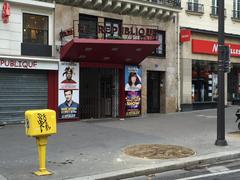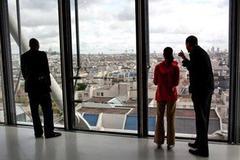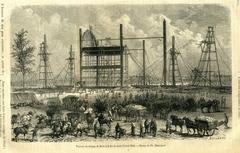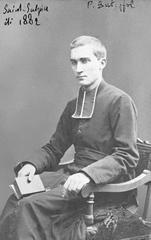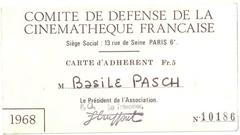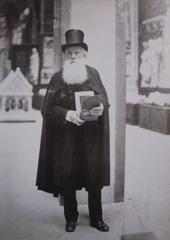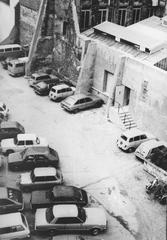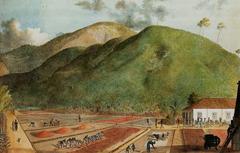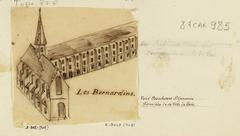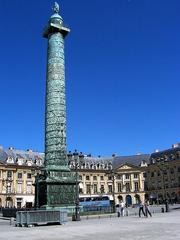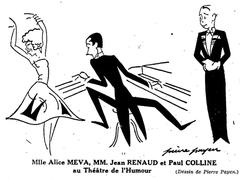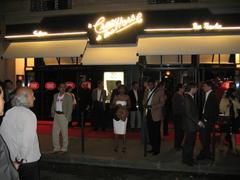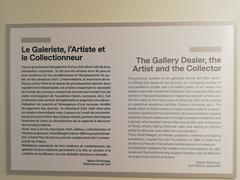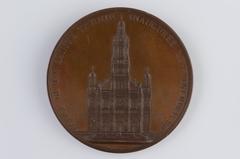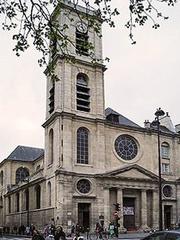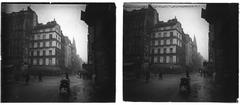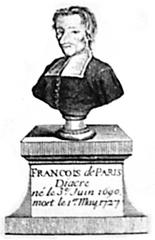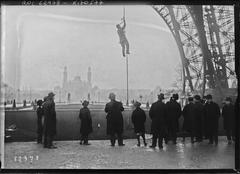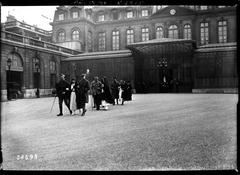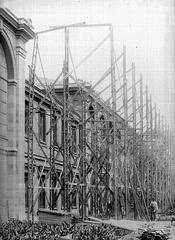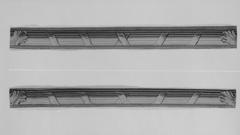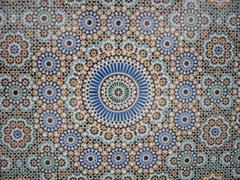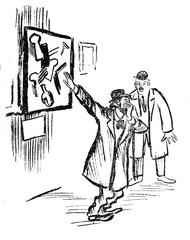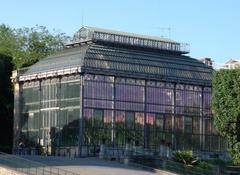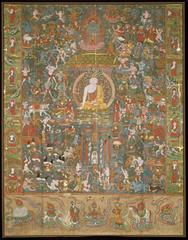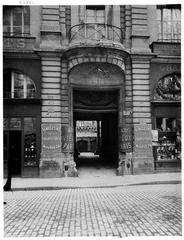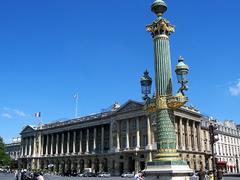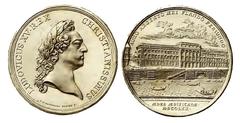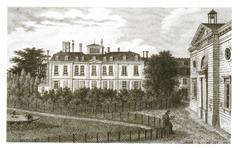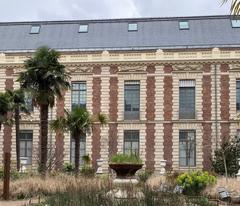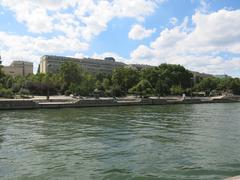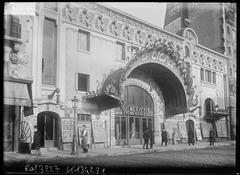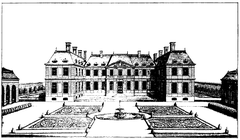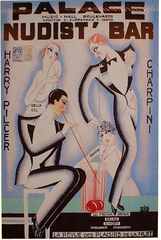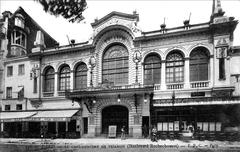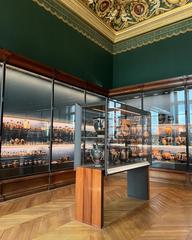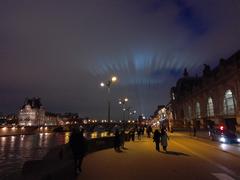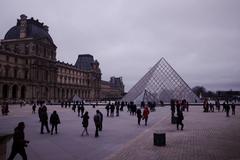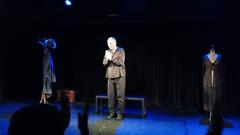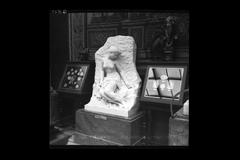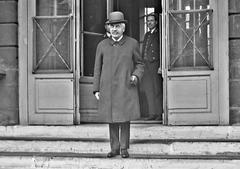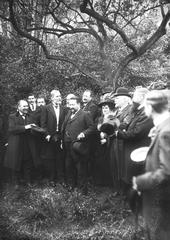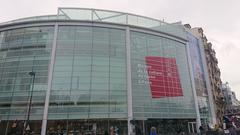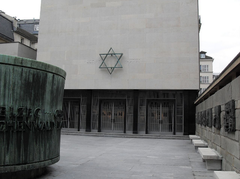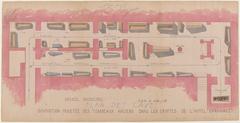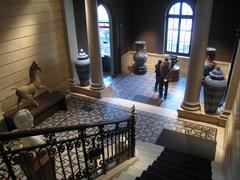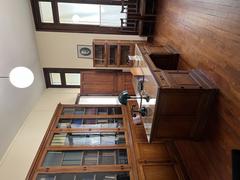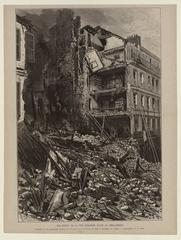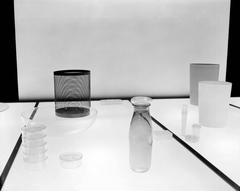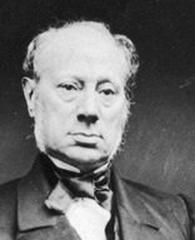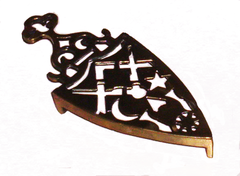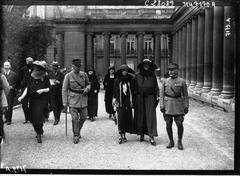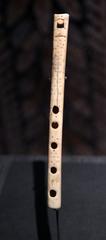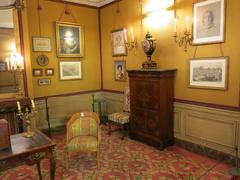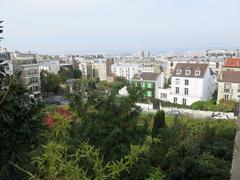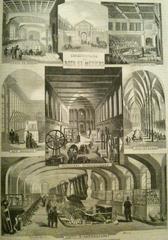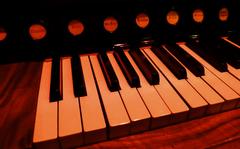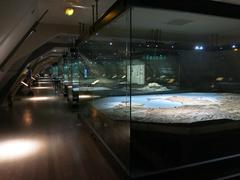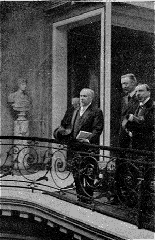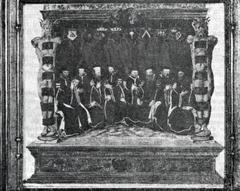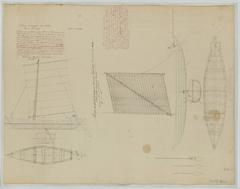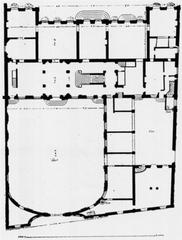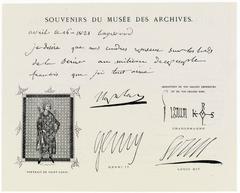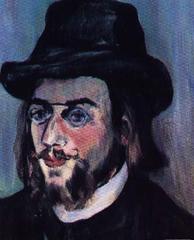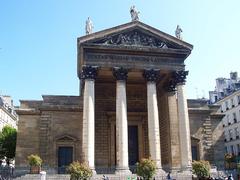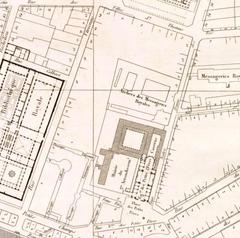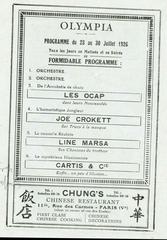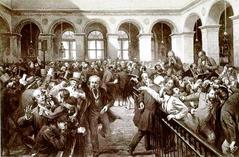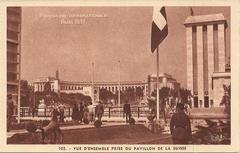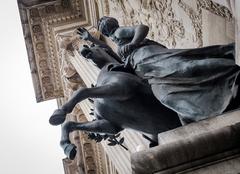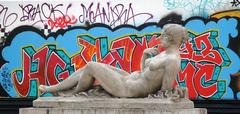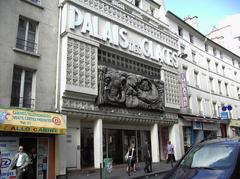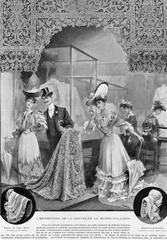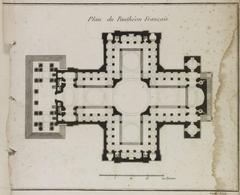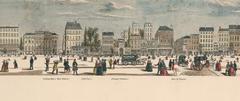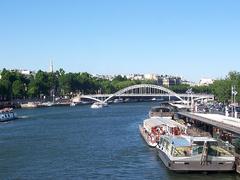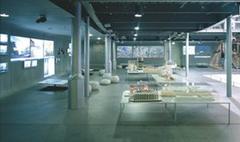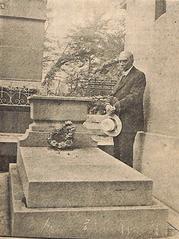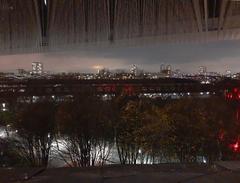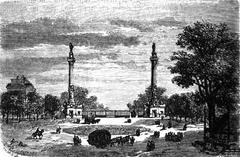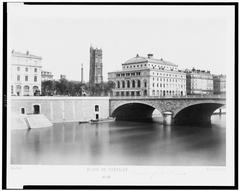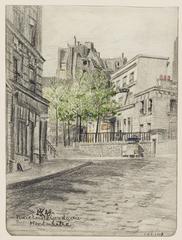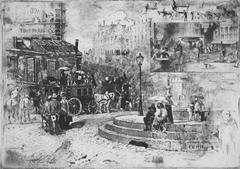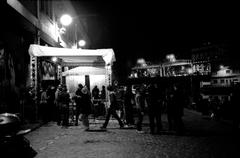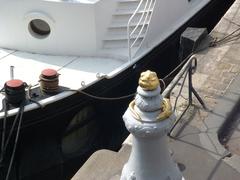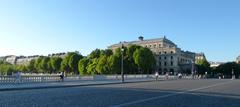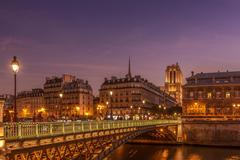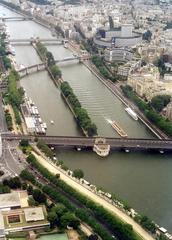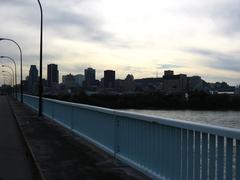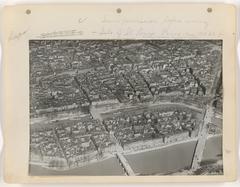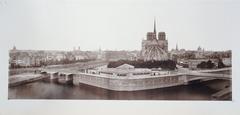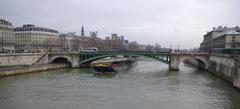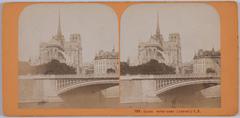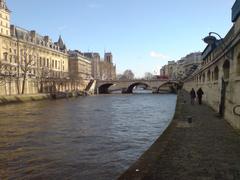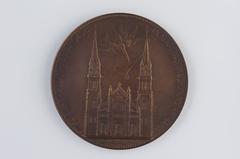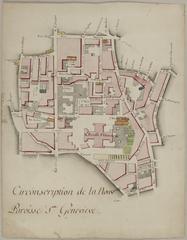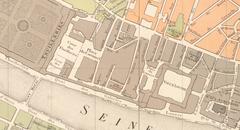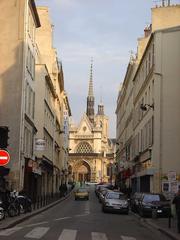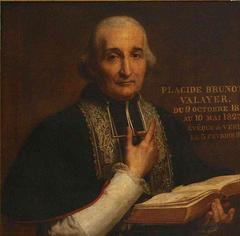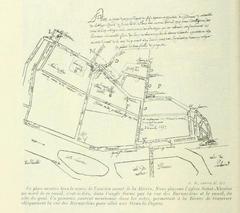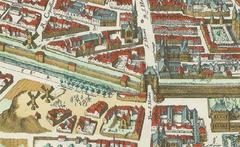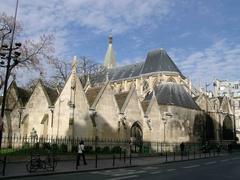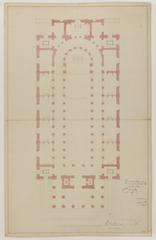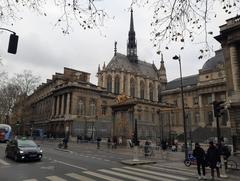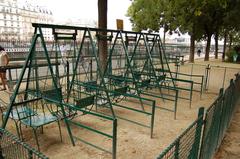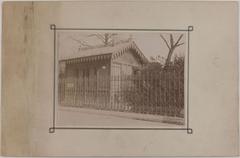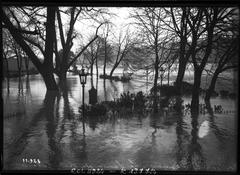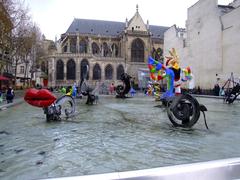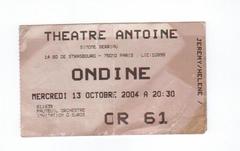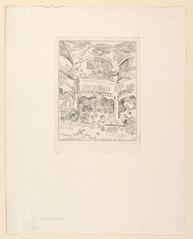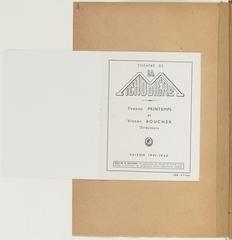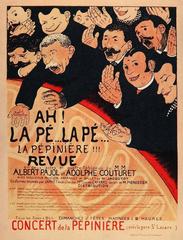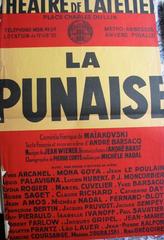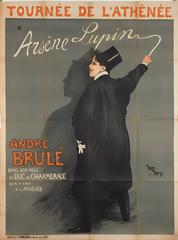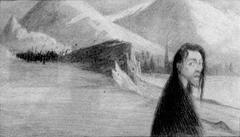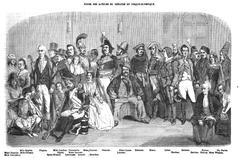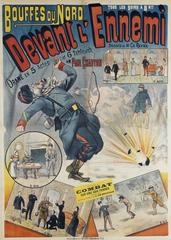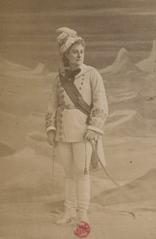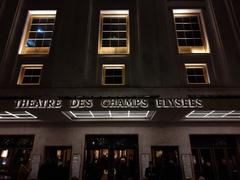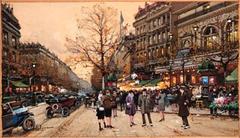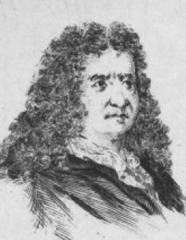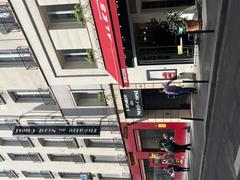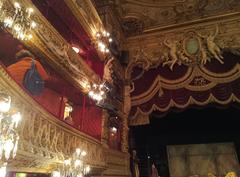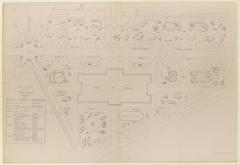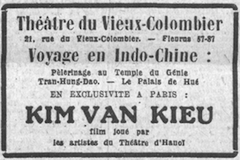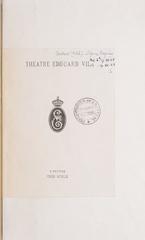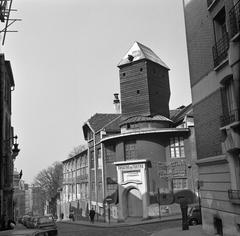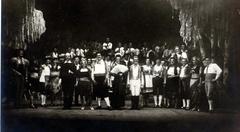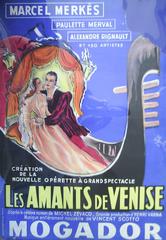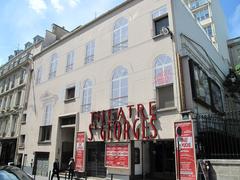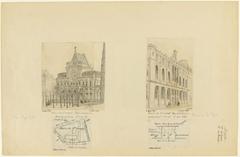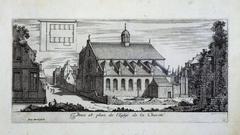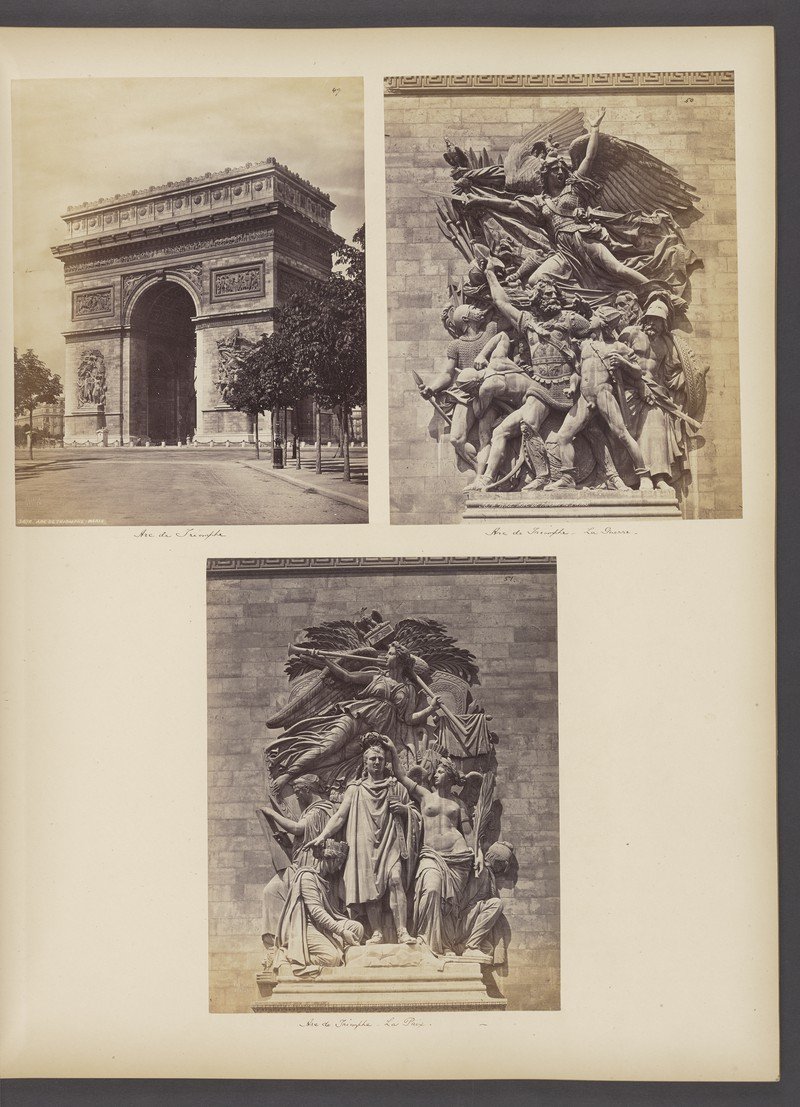
Visiting the Arc de Triomphe: Tickets, Hours, and Travel Tips
Date: 15/07/2024
Introduction
Welcome to our comprehensive guide on the Arc de Triomphe, one of Paris’s most iconic landmarks. In this guide, we will explore its rich historical background, provide essential visitor information such as ticket prices and visiting hours, and offer travel tips to enhance your experience. Whether you’re a history enthusiast or a first-time traveler, this guide will help you make the most out of your visit to the Arc de Triomphe. Commissioned by Emperor Napoleon I in 1806 following his victory at the Battle of Austerlitz, the Arc de Triomphe was intended to honor the French army’s triumphs during the Revolutionary and Napoleonic Wars (Wikipedia). Architect Jean Chalgrin designed the arch, drawing inspiration from the Arch of Titus in Rome (Arc de Triomphe Tickets). The monument faced numerous challenges during its construction, including the death of Chalgrin in 1811 and subsequent delays during the Bourbon Restoration. It was finally completed between 1833 and 1836 under the reign of King Louis-Philippe I. The Arc de Triomphe stands 50 meters tall, 45 meters wide, and 22 meters deep, and its surfaces are engraved with the names of hundreds of generals and battles, symbolizing France’s military prowess (Paris Travel Tips). The monument has been a focal point for numerous significant historical events and continues to play a significant role in French history throughout the 20th and 21st centuries (France Hotel Guide).
Table of Contents
Historical Background
Commission and Initial Construction
The Arc de Triomphe, one of Paris’s most iconic landmarks, was commissioned by Emperor Napoleon I in 1806 following his victory at the Battle of Austerlitz. The monument was intended to honor the French army’s triumphs during the Revolutionary and Napoleonic Wars. Architect Jean Chalgrin was appointed to design the arch, drawing inspiration from the Arch of Titus in Rome (Arc de Triomphe Tickets).
Construction began on August 15, 1806, with Napoleon laying the first stone. The project faced numerous challenges, including the death of Chalgrin in 1811, which led to Jean-Nicolas Huyot taking over the work. The foundations alone took two years to complete, and progress was further delayed during the Bourbon Restoration, when construction was halted (Wikipedia).
Completion and Inauguration
The Arc de Triomphe was finally completed between 1833 and 1836 under the reign of King Louis-Philippe I. The architects Goust and Huyot, under the direction of Héricart de Thury, oversaw the final stages of construction. The total cost of the monument was approximately 10,000,000 francs, equivalent to an estimated €65 million or $75 million in 2020 (Wikipedia).
Architectural Design
The Arc de Triomphe stands 50 meters (164 feet) tall, 45 meters (148 feet) wide, and 22 meters (72 feet) deep. Its large vault is 29.19 meters (95.8 feet) high and 14.62 meters (48.0 feet) wide, while the smaller transverse vaults are 18.68 meters (61.3 feet) high and 8.44 meters (27.7 feet) wide. The design incorporates Neoclassical elements, emphasizing symmetry, grandeur, and classical motifs (Arc de Triomphe Tickets).
The surfaces of the arch are engraved with the names of hundreds of generals and battles. The intricate bas-relief carvings and inscriptions tell the tale of 158 major battles fought between 1792 and 1815 (Paris Travel Tips). The monument’s iconographic program pits heroically nude French youths against bearded Germanic warriors in chain mail, symbolizing France’s military prowess (Wikipedia).
Historical Events and Symbolism
The Arc de Triomphe has been a focal point for numerous significant historical events. On December 15, 1840, Napoleon’s remains were brought back to France from Saint Helena and passed under the arch on their way to his final resting place at Les Invalides (Wikipedia). The body of Victor Hugo was also displayed under the arch on the night of May 22, 1885, before his burial in the Panthéon (Wikipedia).
During World War I, the sword carried by the Republic in the Marseillaise relief broke off on the day the Battle of Verdun began in 1916. This incident was immediately concealed to avoid any ominous interpretations (Wikipedia). On August 7, 1919, Charles Godefroy flew his Nieuport biplane under the arch’s primary vault, an event captured on newsreel (Wikipedia).
The Tomb of the Unknown Soldier
In 1921, the Tomb of the Unknown Soldier was added beneath the Arc de Triomphe to honor the French soldiers who died in World War I. An eternal flame, known as the “Flame of Remembrance,” was lit two years later and is rekindled every evening at 6:30 PM by war veterans (France Hotel Guide).
20th and 21st Century Events
The Arc de Triomphe has continued to play a significant role in French history throughout the 20th and 21st centuries. During the German invasion of France in 1940, the monument was damaged by German tanks, but the damage was later repaired (Arc de Triomphe Tickets). On August 25, 1944, Allied forces liberated Paris from German occupation, and American General George S. Patton drove his jeep through the Arc de Triomphe to mark the victory (Arc de Triomphe Tickets).
In 1961, the monument underwent a significant restoration project to clean the blackened surfaces caused by coal soot and automobile exhaust. The cleaning process involved bleaching the stone (Wikipedia). In 1995, the Armed Islamic Group of Algeria placed a bomb near the Arc de Triomphe, wounding 17 people as part of a campaign of bombings (Wikipedia).
In late 2018, the Arc de Triomphe suffered acts of vandalism during the Yellow Vests protests. Vandals sprayed the monument with graffiti and ransacked its small museum (Wikipedia). In September 2021, the arch was wrapped in a silvery blue fabric and red rope as part of “L’Arc de Triomphe, Wrapped,” a posthumous project planned by artists Christo and Jeanne-Claude since the early 1960s (Wikipedia).
Visitor Information
Ticket Prices and Visiting Hours
The Arc de Triomphe is open to visitors every day except for certain holidays. Standard visiting hours are from 10:00 AM to 11:00 PM, with the last entry at 10:15 PM. Ticket prices are as follows:
- Adults: €13
- Reduced rate (students, young adults, etc.): €9
- Free entry for children under 18, EU citizens aged 18-25, and disabled visitors with an accompanying person.
Tickets can be purchased online or at the ticket office on-site (Arc de Triomphe Tickets).
Travel Tips
- Best Time to Visit: Early mornings or late evenings are ideal to avoid crowds and enjoy a serene experience.
- Accessibility: The Arc de Triomphe is accessible for visitors with disabilities, with elevators available to reach the observation deck.
- Guided Tours: Consider joining a guided tour to learn more about the monument’s history and architectural details.
- Photographic Spots: The roundabout surrounding the Arc de Triomphe offers excellent spots for photography, especially during sunset.
Nearby Attractions
- Champs-Élysées: One of the most famous avenues in the world, offering shopping, dining, and entertainment options.
- Eiffel Tower: A short distance away, this iconic landmark is a must-visit for any Paris traveler.
- Tuileries Garden: A beautiful public garden perfect for a leisurely stroll.
Conclusion
The Arc de Triomphe stands as a powerful symbol of France’s history, resilience, and commitment to honoring those who have served and sacrificed for the nation. Its story, spanning over two centuries, connects visitors with the past and inspires reflection on the lessons of history. Whether you’re exploring its rich historical background or enjoying the panoramic views from its observation deck, the Arc de Triomphe offers a memorable experience for all.
FAQ
Q: What are the Arc de Triomphe visiting hours? A: The Arc de Triomphe is open from 10:00 AM to 11:00 PM, with the last entry at 10:15 PM.
Q: How much do Arc de Triomphe tickets cost? A: Tickets cost €13 for adults, €9 for reduced rates, and free entry for children under 18, EU citizens aged 18-25, and disabled visitors with an accompanying person.
Q: What is the best time to visit the Arc de Triomphe? A: Early mornings or late evenings are ideal to avoid crowds and enjoy a serene experience.
Q: Is the Arc de Triomphe accessible for visitors with disabilities? A: Yes, the Arc de Triomphe is accessible, with elevators available to reach the observation deck.
Q: What nearby attractions can I visit in addition to the Arc de Triomphe? A: Nearby attractions include the Champs-Élysées, the Eiffel Tower, and the Tuileries Garden.
Call to Action
Ready to explore more of Paris’s historical sites? Download the Audiala mobile app for more travel tips, check out our other related posts, and follow us on social media for the latest updates. Enjoy your visit!
